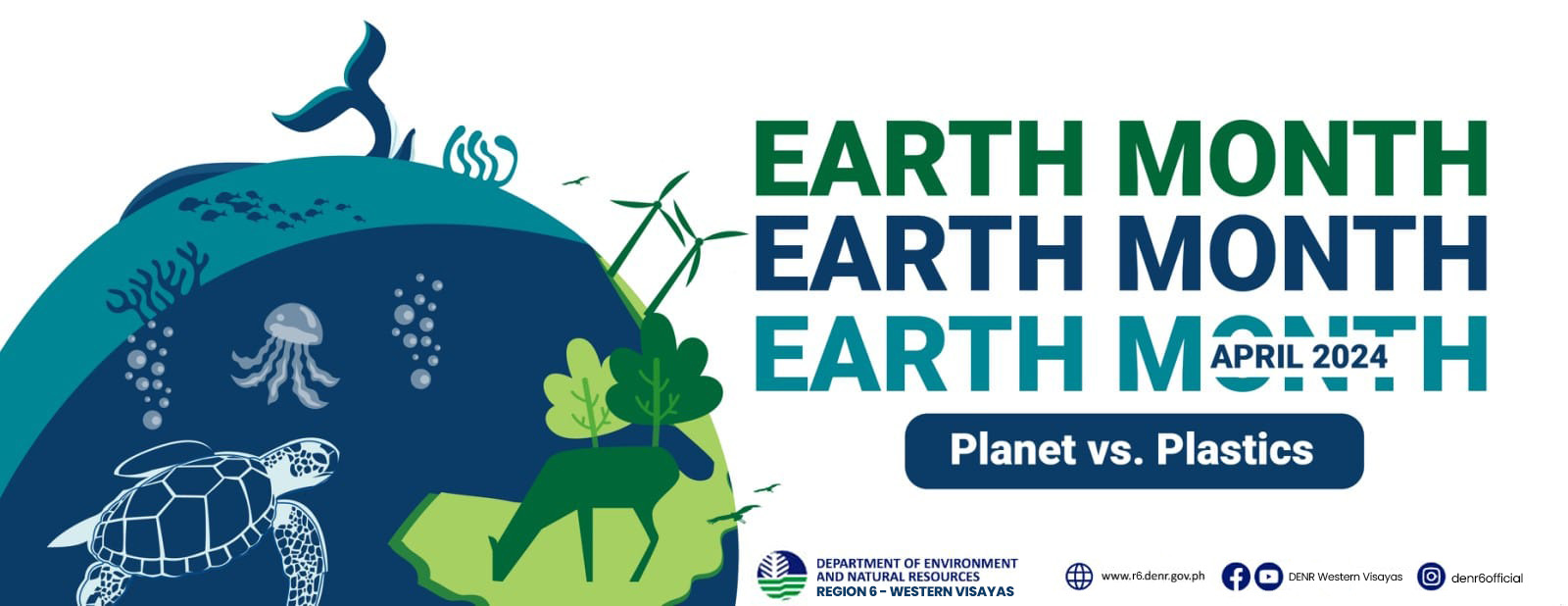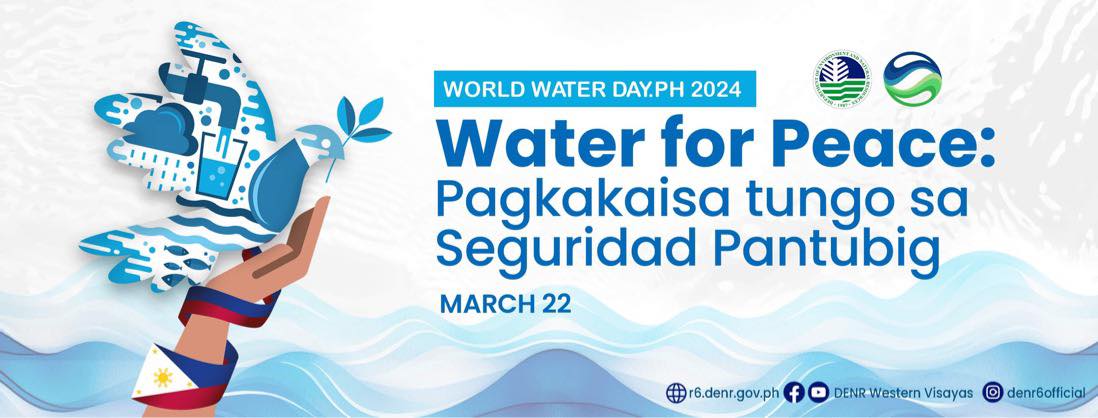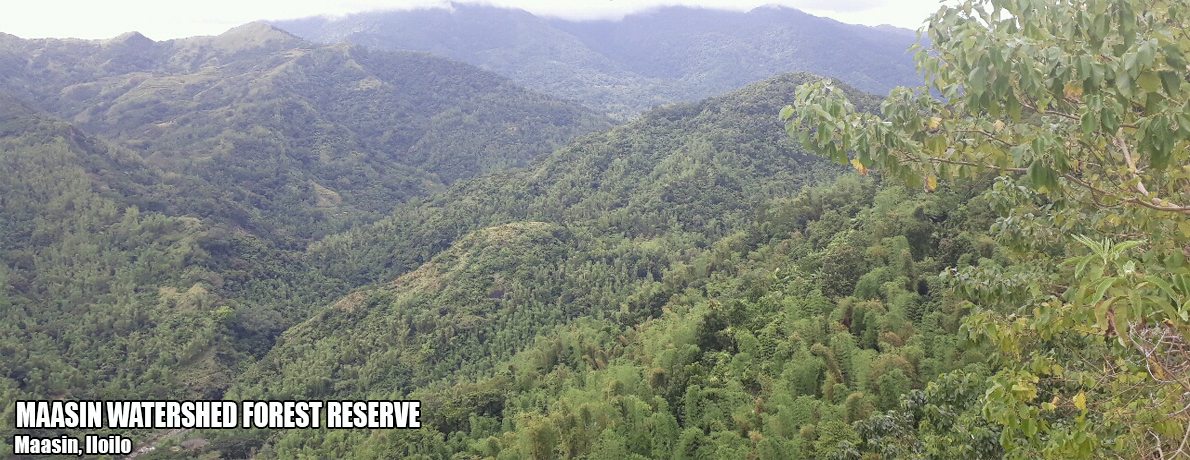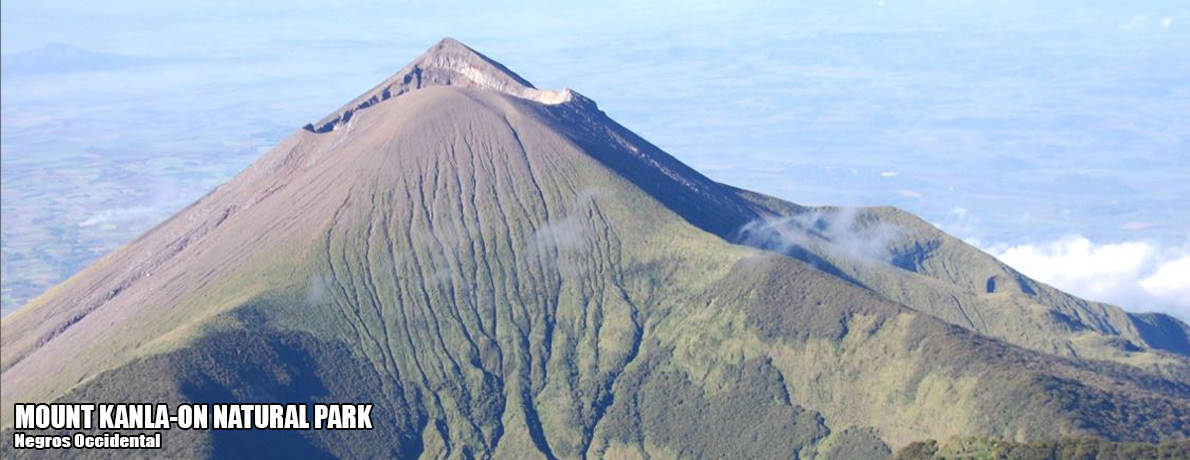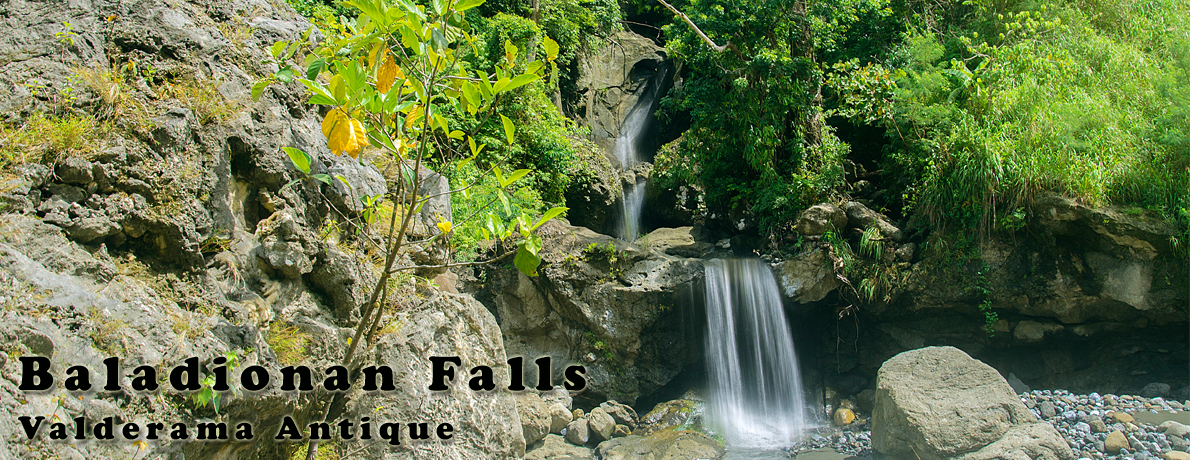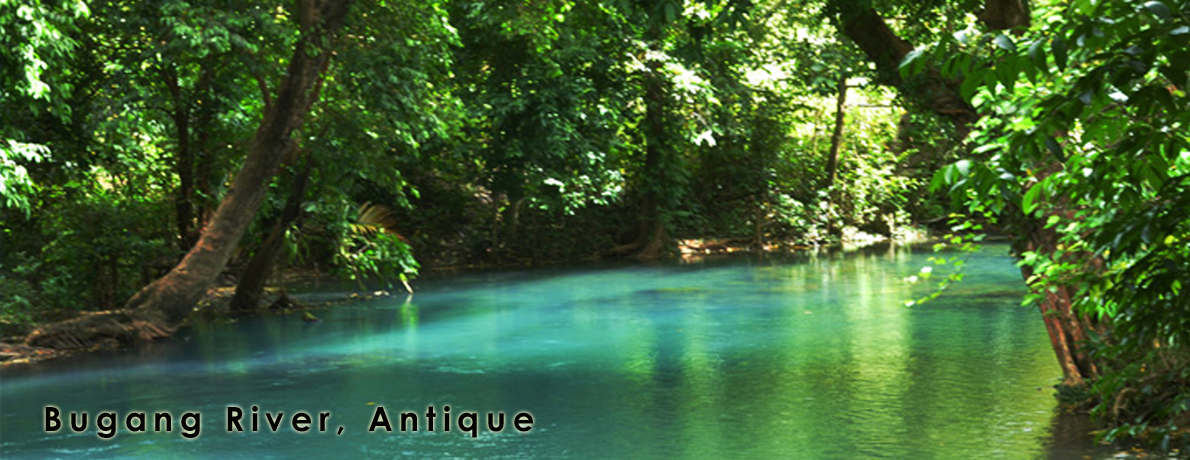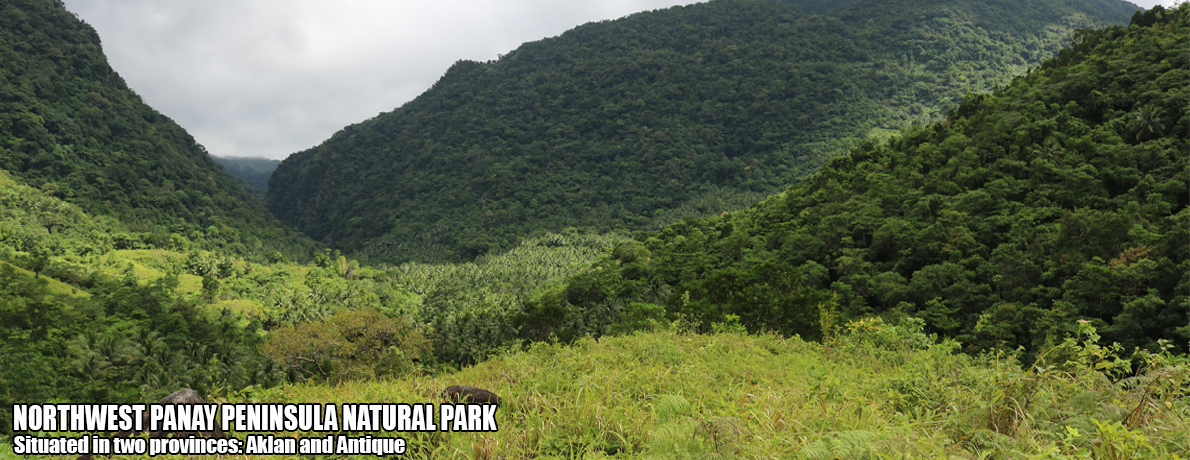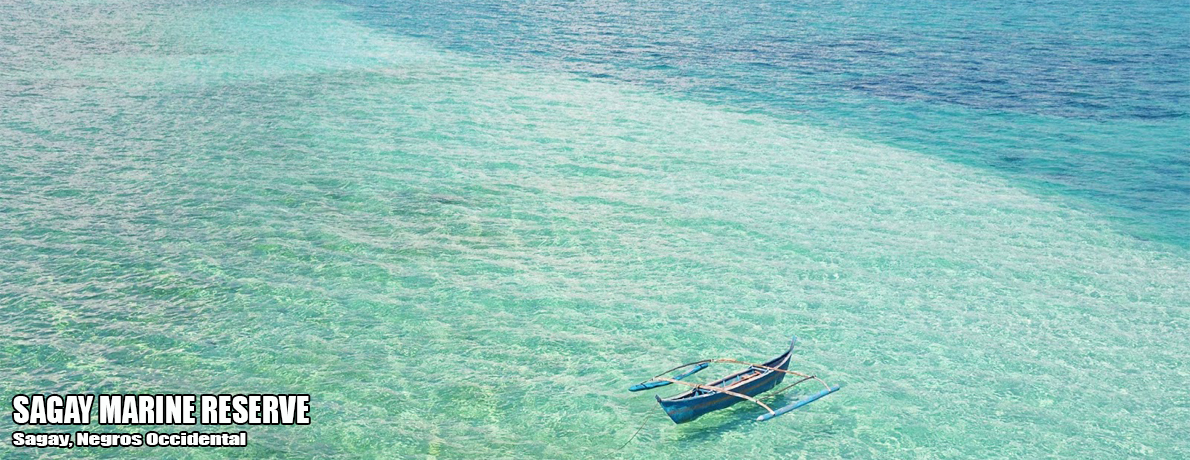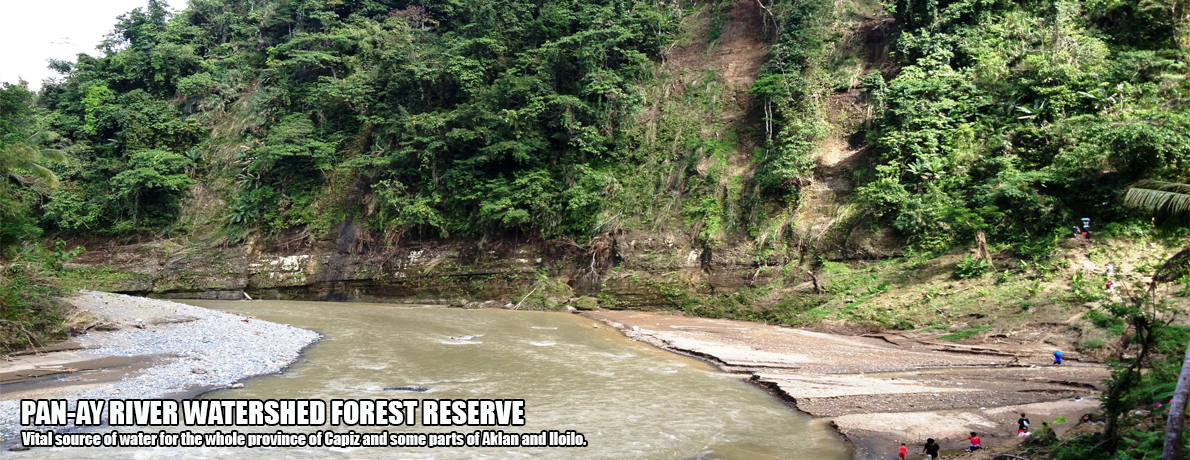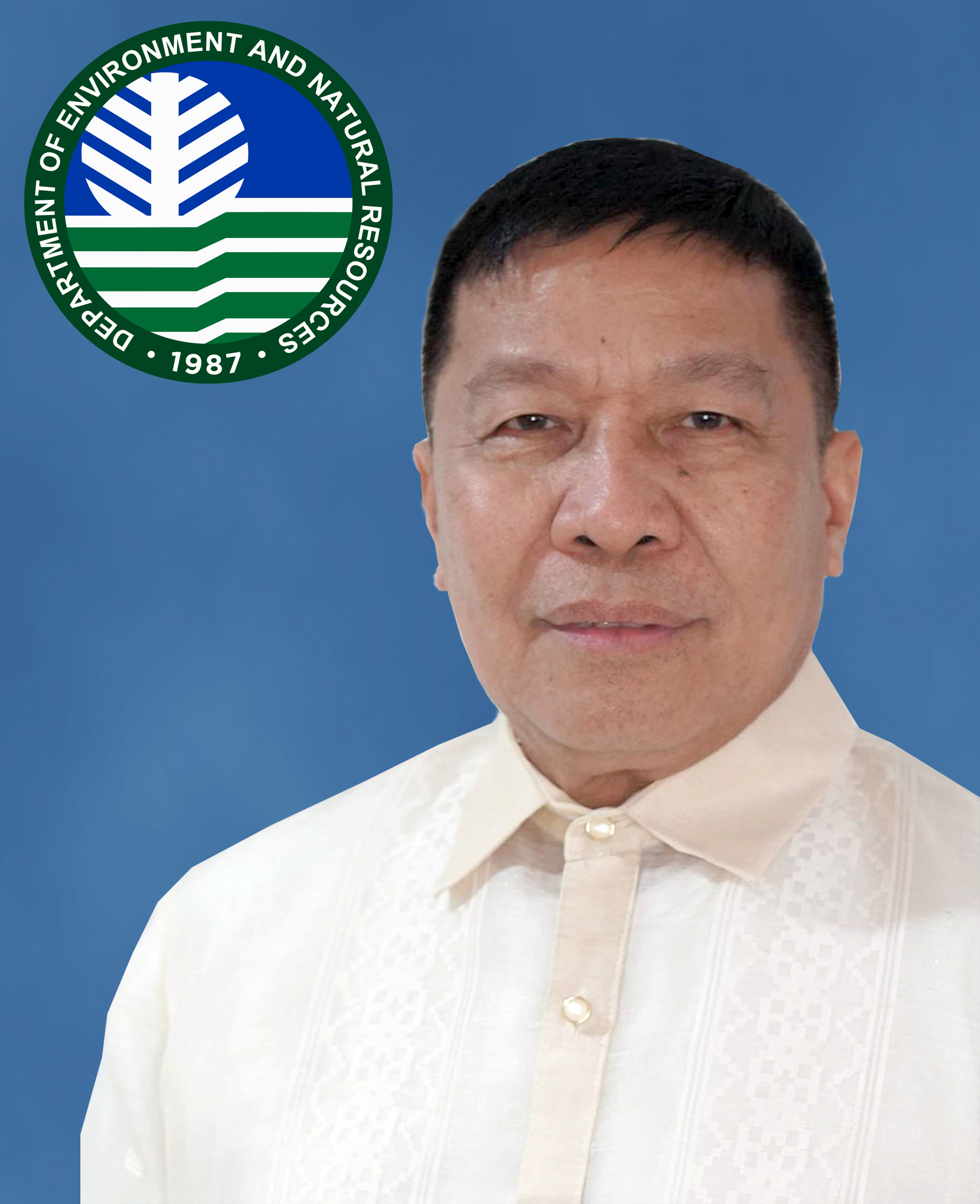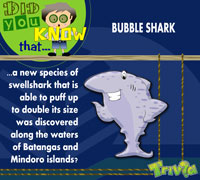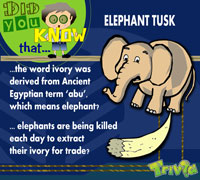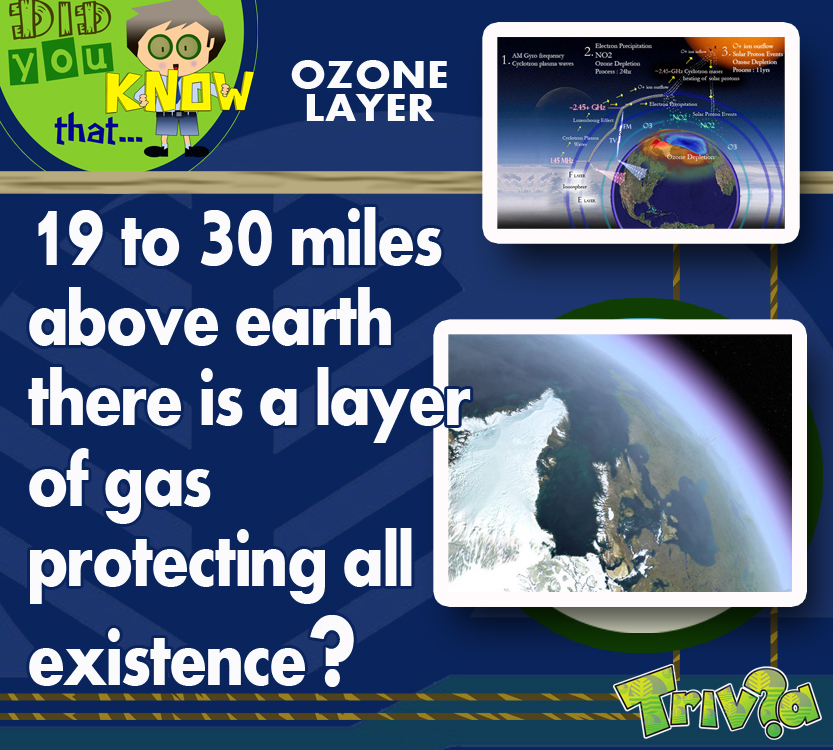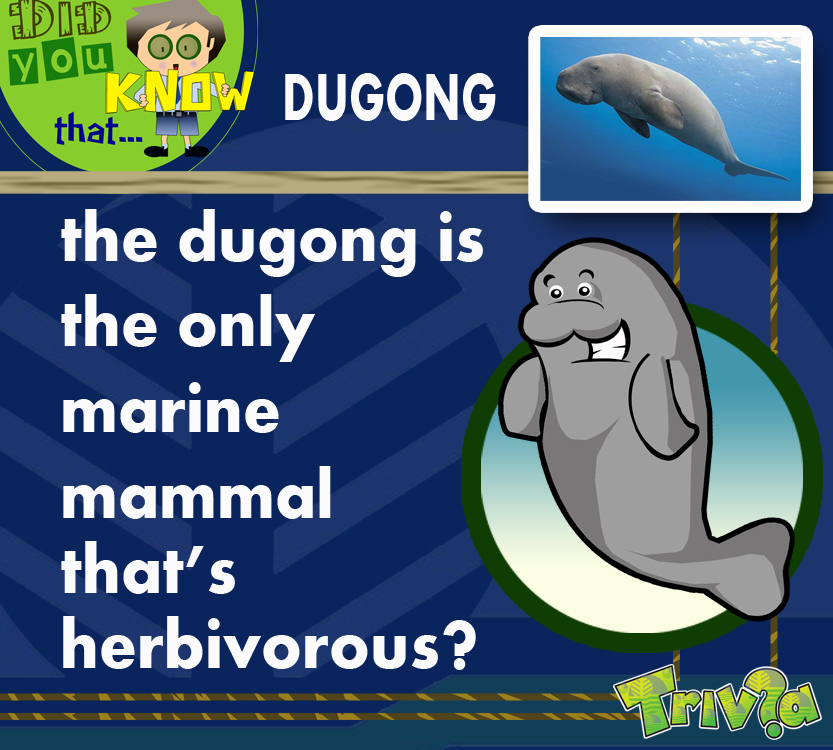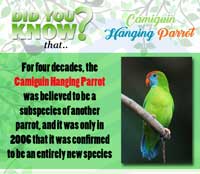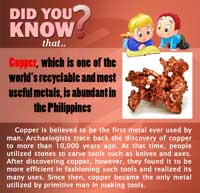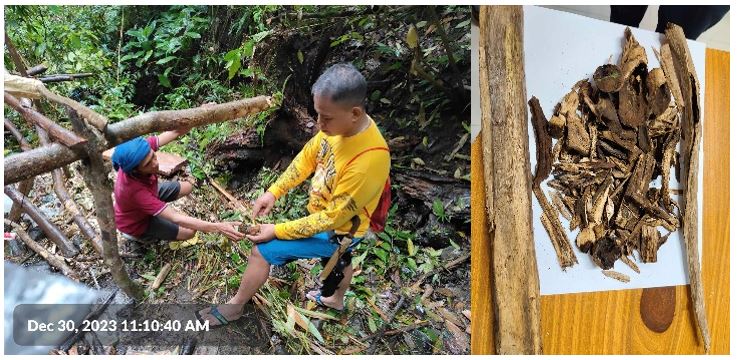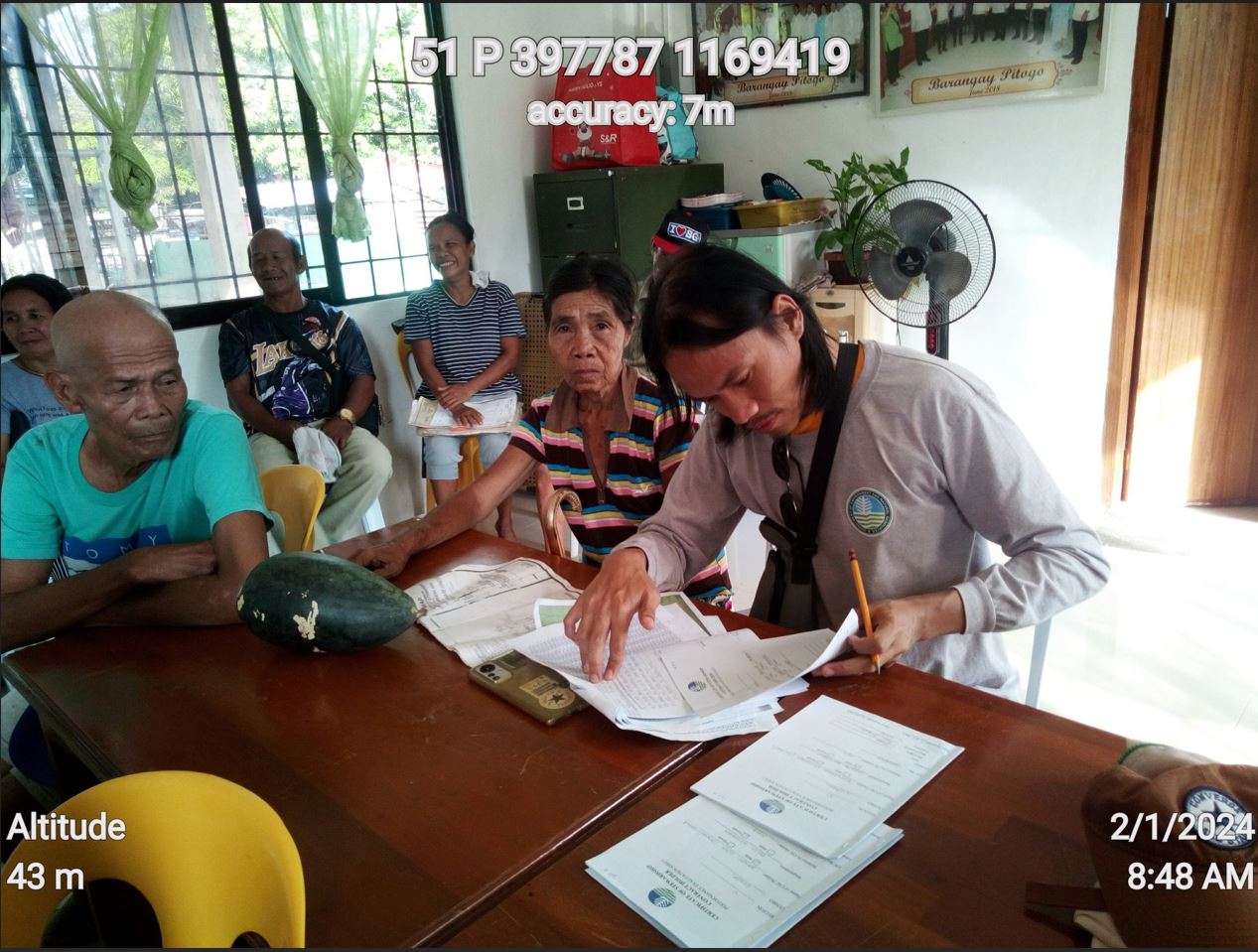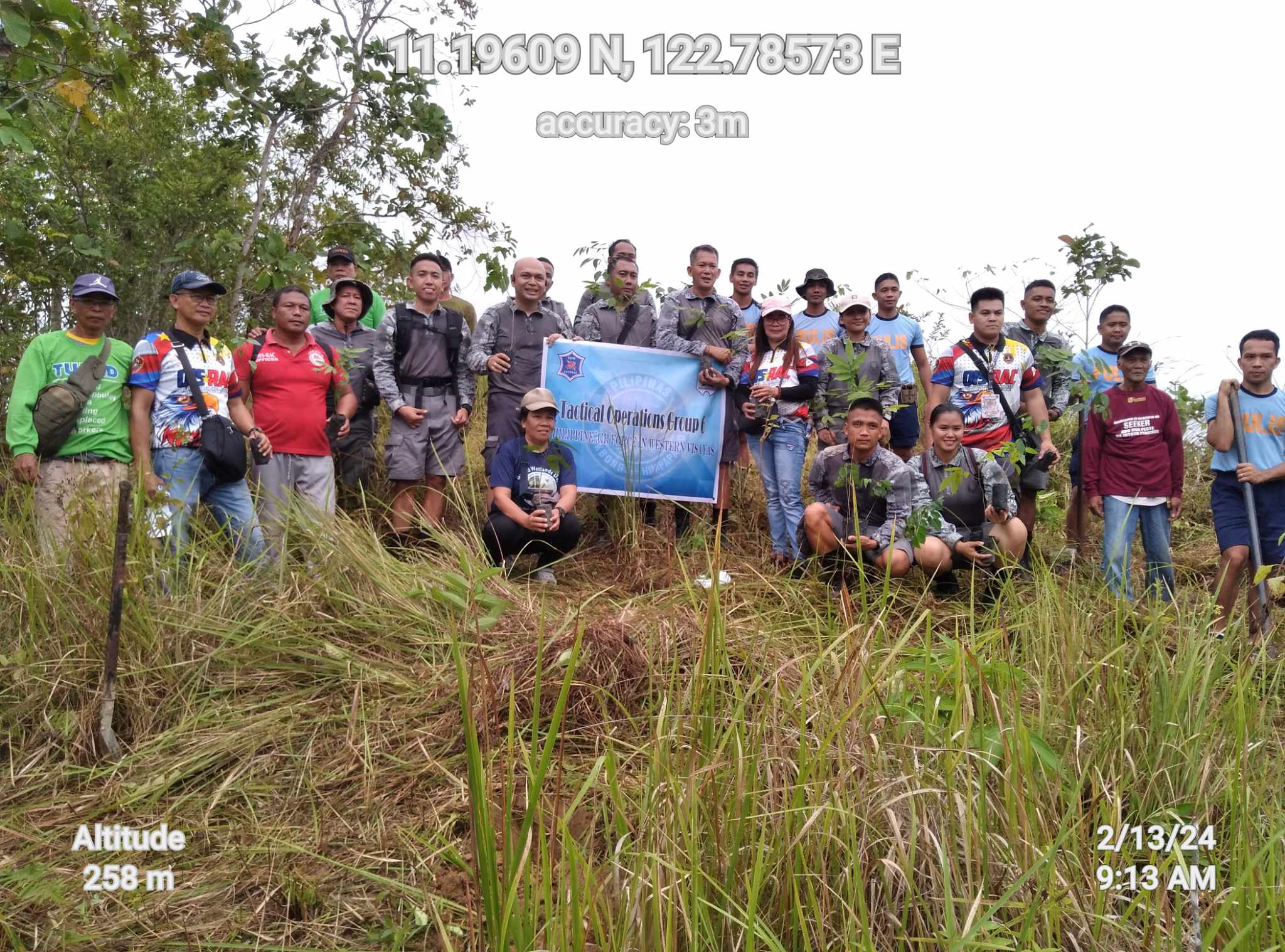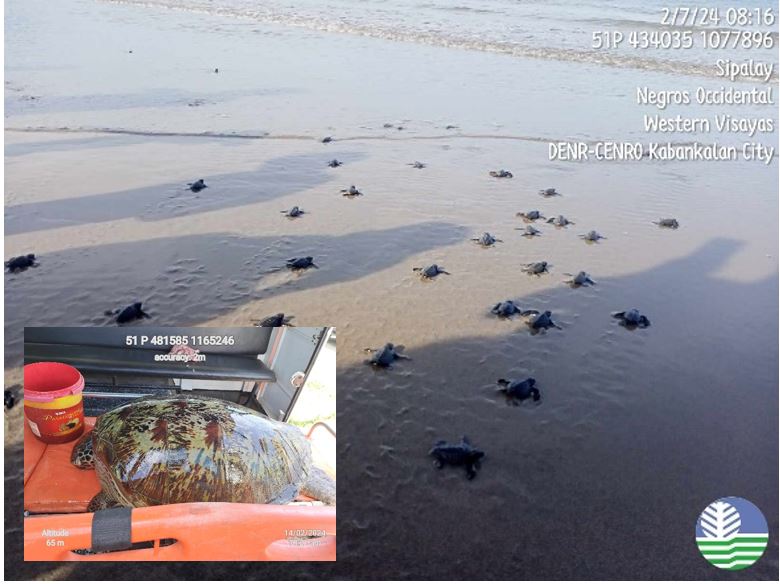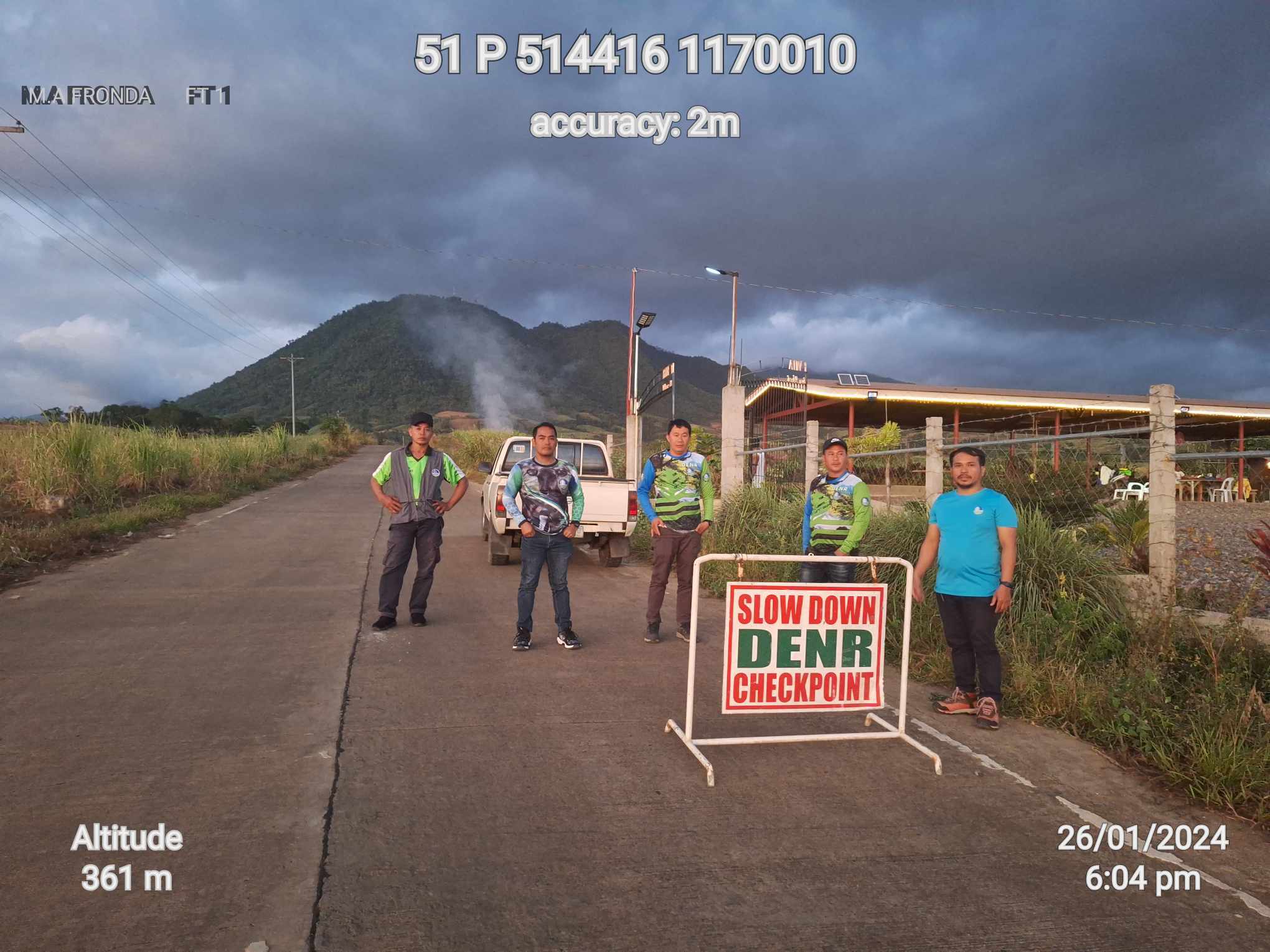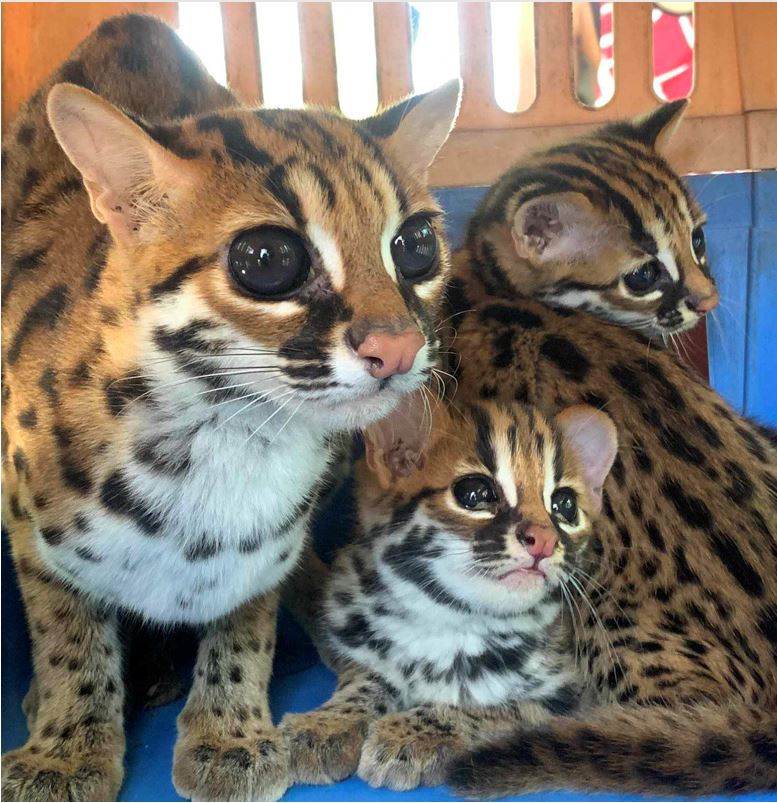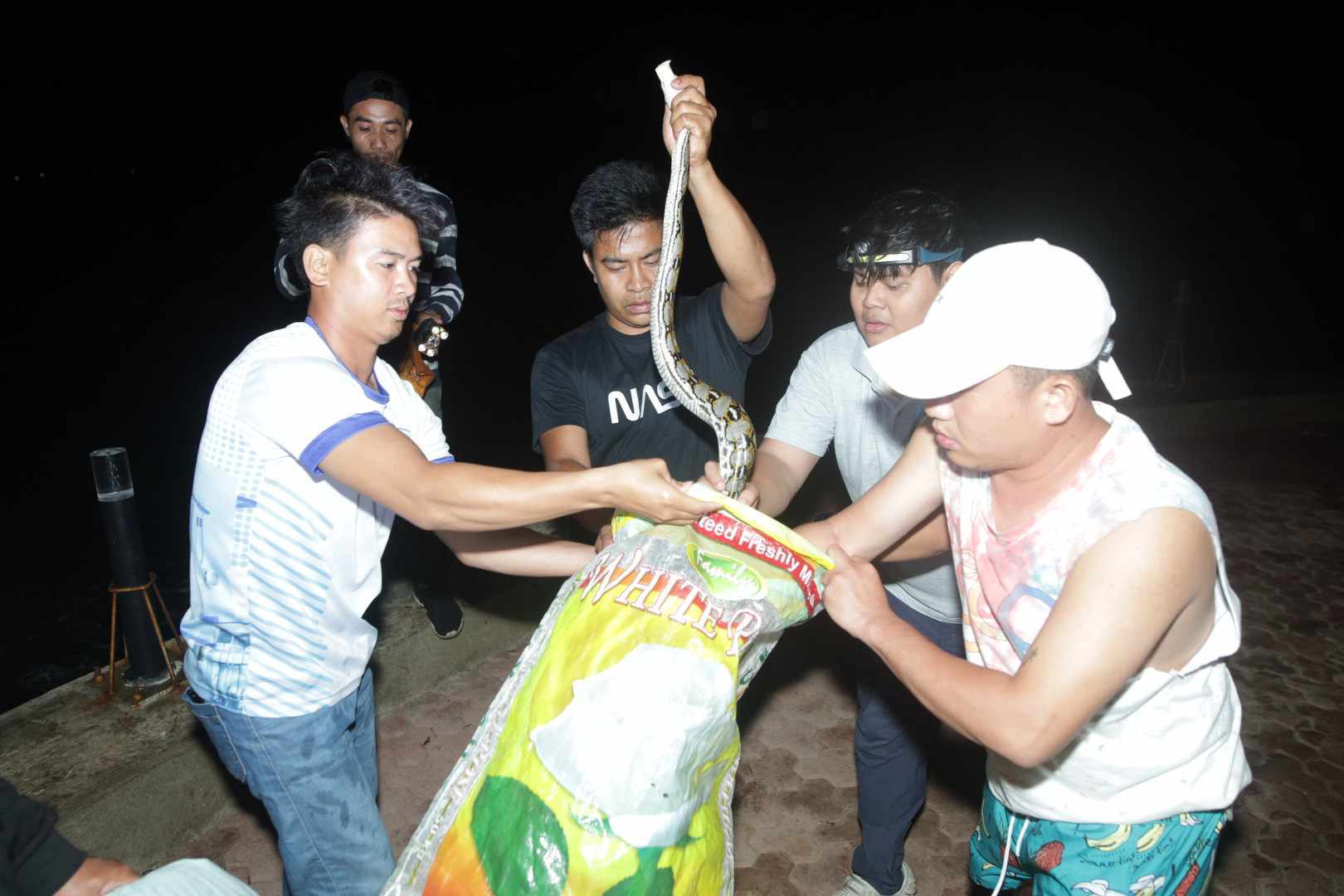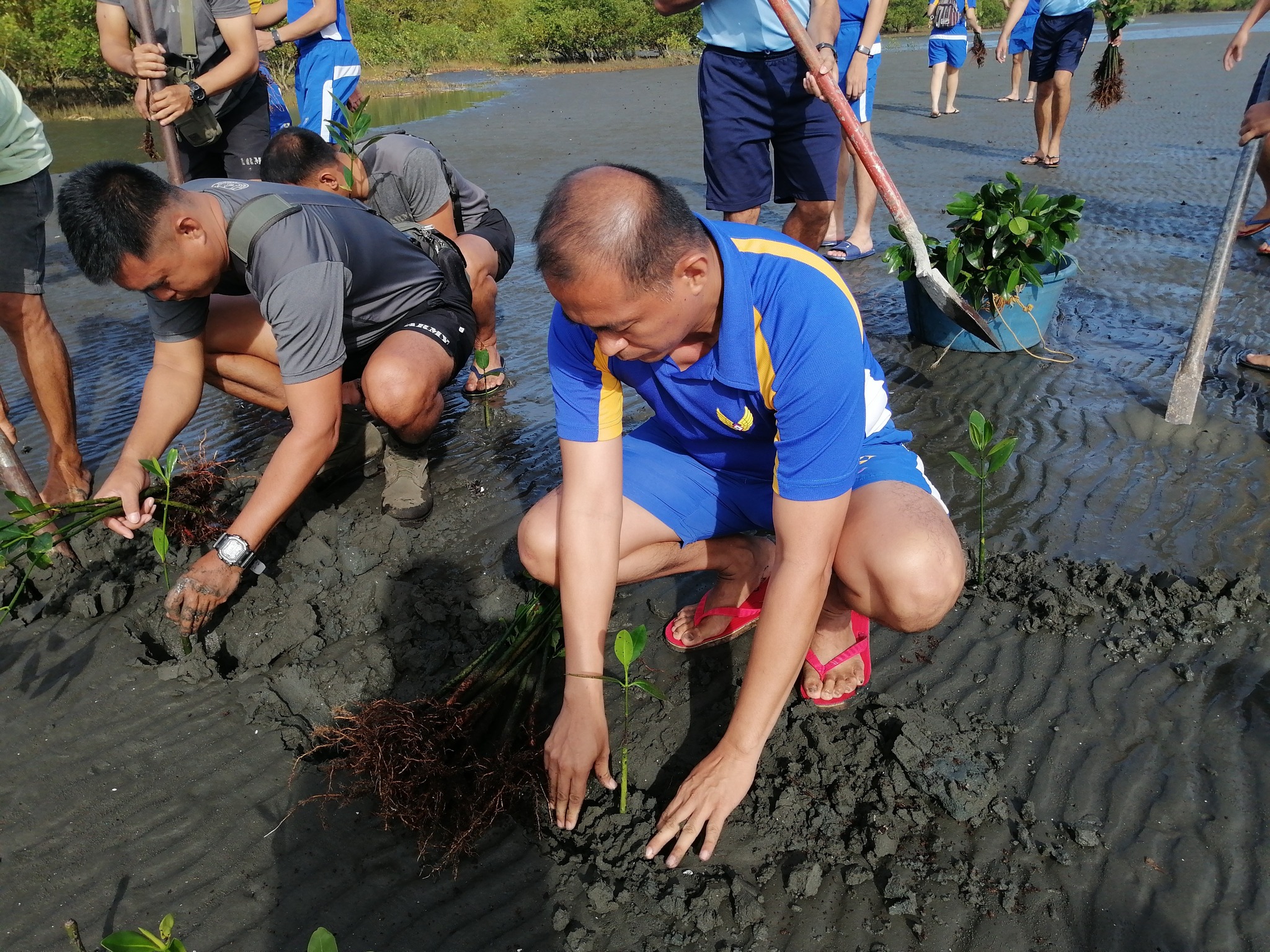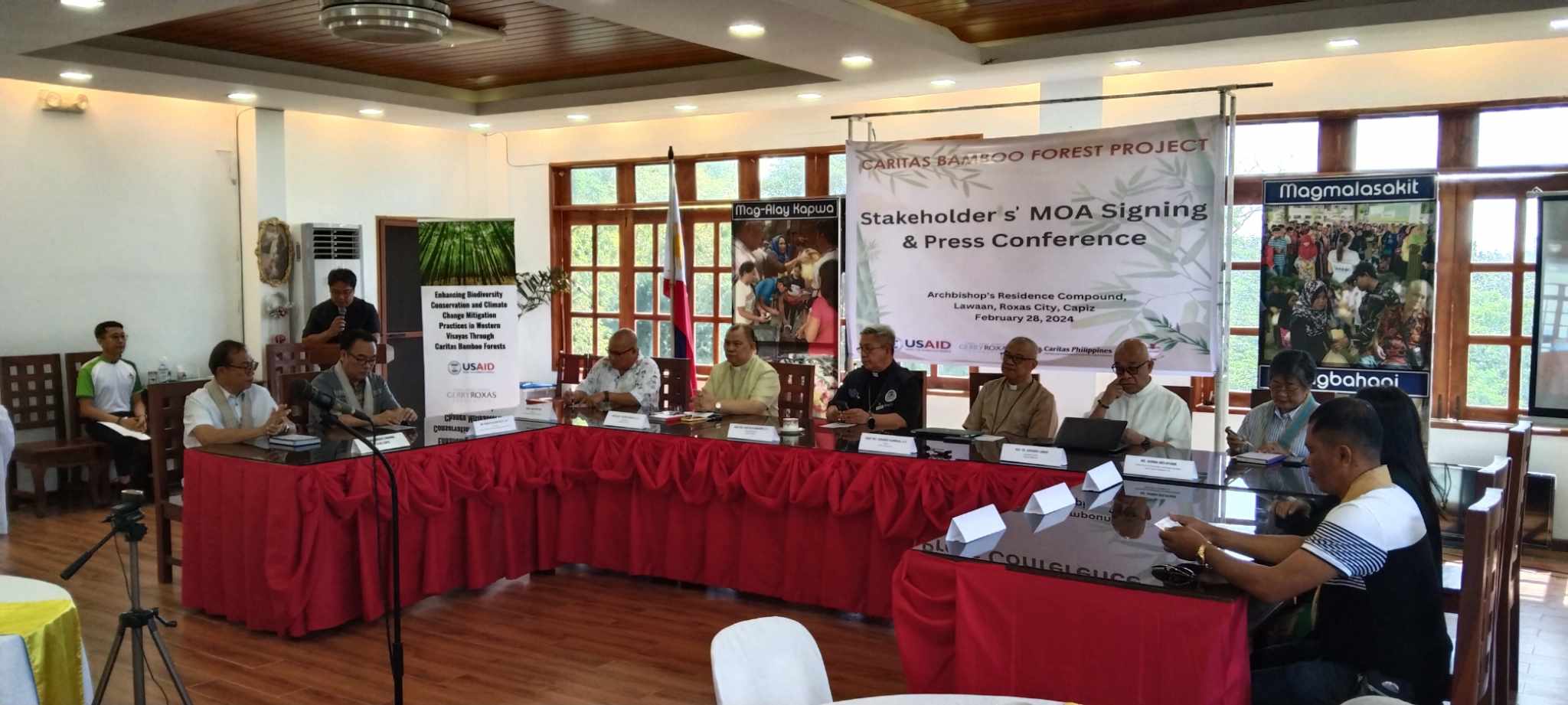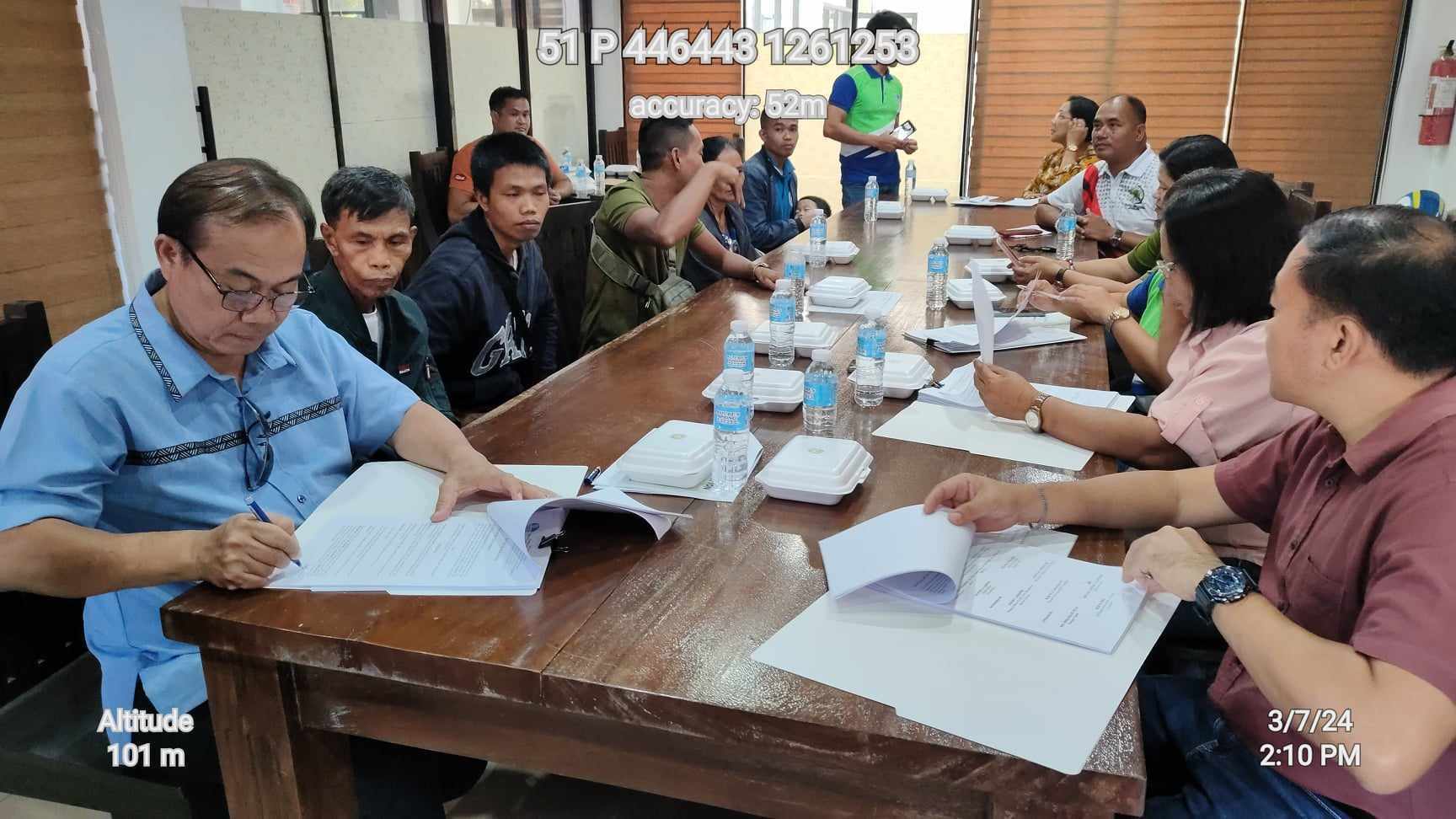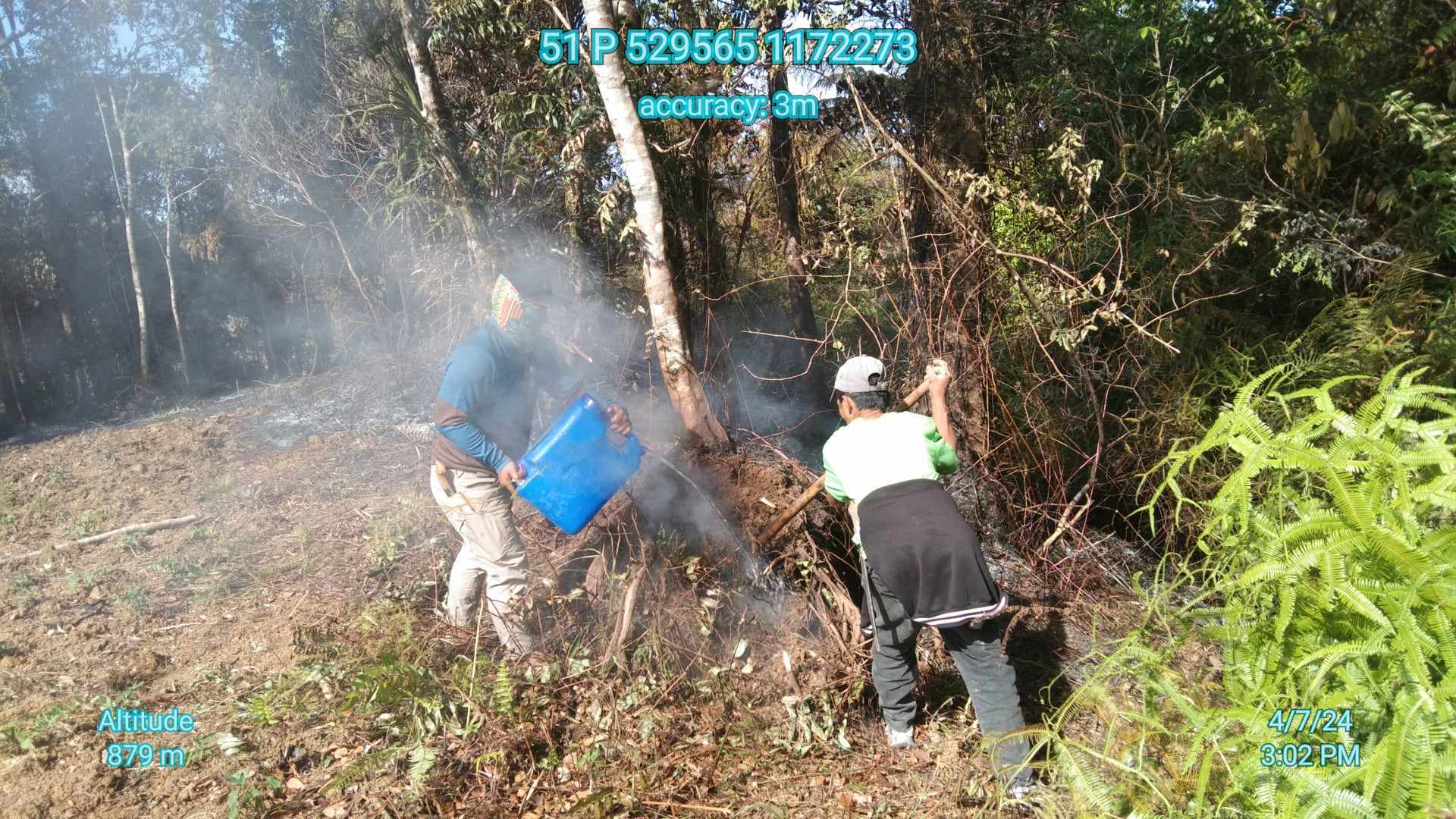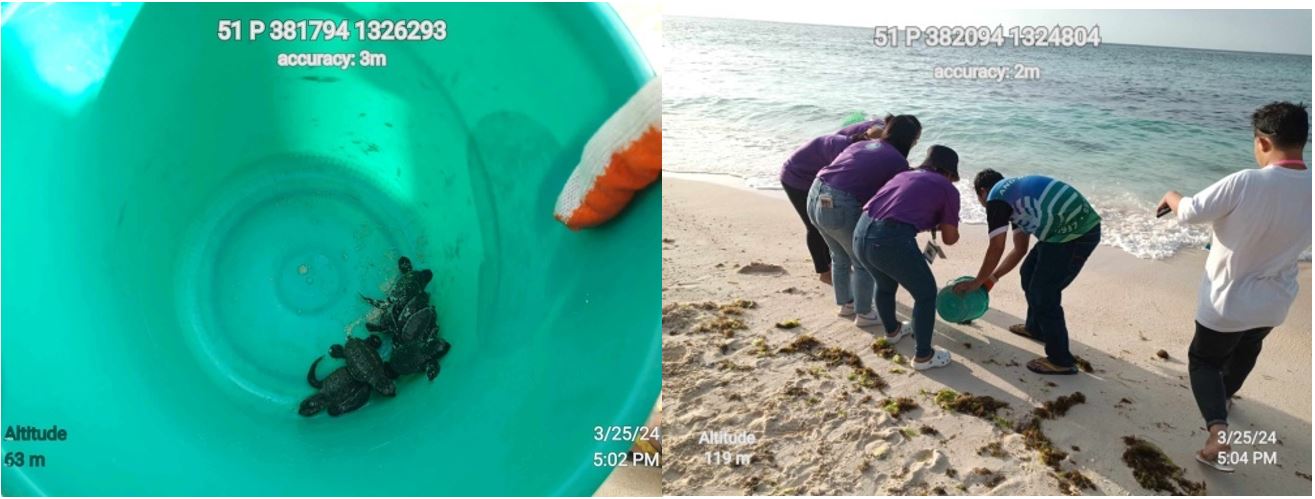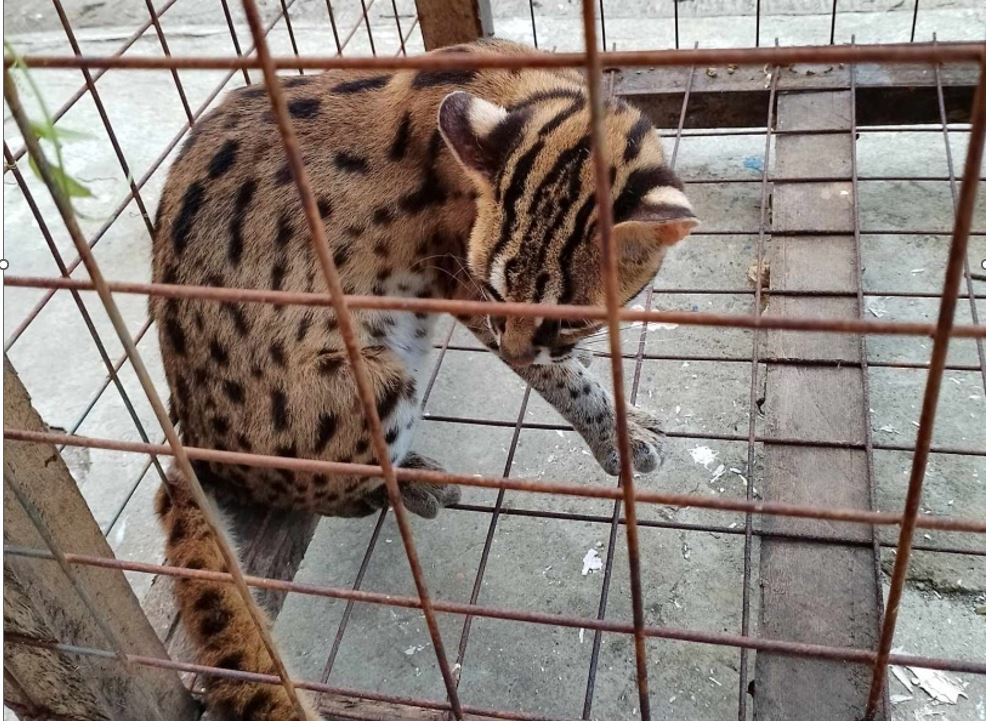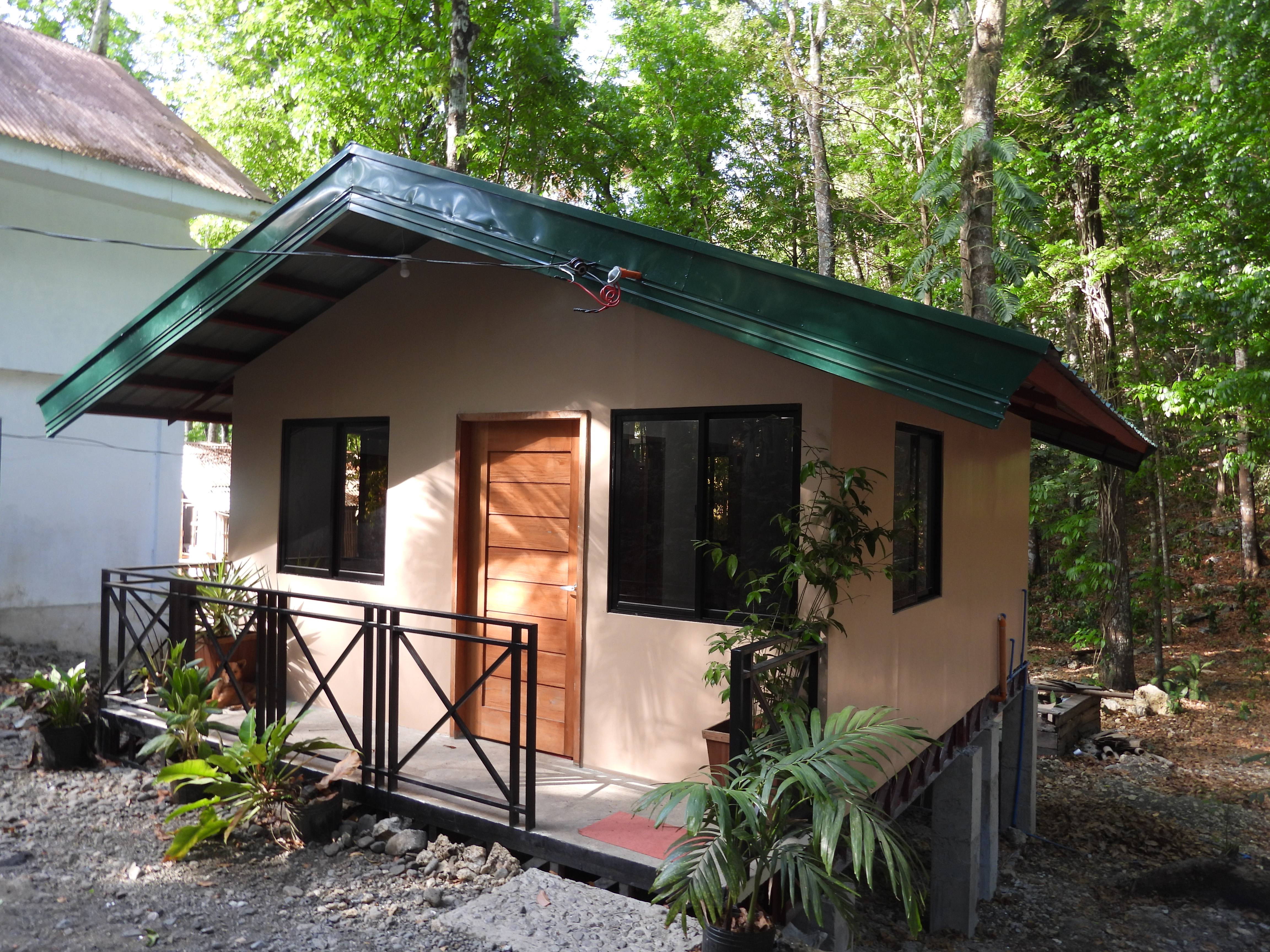The Department of Environment and Natural Resources (DENR) marked today’s celebration of the World Wildlife Day with the unveiling of a life-size statue of an elephant made partly from the ashes of seized tusks it destroyed in a landmark action against ivory trade more than two years ago.
At the same time, the agency gave recognition to 97 individuals with Wildlife Law Enforcement Awards, for having supported the DENR’s campaign against illegal wildlife trade that resulted in the rescue or confiscation of about 2,270 heads of different species, other biodiversity byproducts, and the filing of charges against wildlife law violators.
“The actual value of this sculpture is priceless, because we cannot put a value to the thousands of elephants that were killed for their tusks,” said DENR Secretary Ramon J. P. Paje.
Paje also said the sculpture will “remind everyone of the country’s strong support to the global efforts against elephant poaching and illegal ivory trade”.
The sculpture contains figures of a mother elephant and her calf, clinging to tusks that are crucial to their survival. It is located at the Ninoy Aquino Parks and Wildlife Center (NAPWC) in Quezon City, which serves as the headquarters of the DENR’s Biodiversity Management Bureau.
In June 2013, the DENR destroyed at least four tons of smuggled elephant tusks using a road roller, making the Philippines the first country in Asia to conduct physical destruction of massive ivory stockpile in support of global efforts to stamp out illegal wildlife trade.
The pulverized tusks were later on cremated at a government animal incinerator to ensure complete destruction. The tusks were reduced to more than two tons of ashes after burning.
A few days after that historic event, Paje vowed to build a life-size sculpture of an elephant made from the ashes dedicated to the thousands of elephants killed for their tusks.
He also said the statue aims to enhance public awareness and support for worldwide efforts to combat illegal wildlife trade, as part of the country’s commitment to the Convention on International Trade in Endangered Species of Wild Flora and Fauna (CITES).
The Geneva-based CITES is an international treaty developed in 1973 to regulate commercial trade in certain wildlife species, including the critically endangered elephants.
In 2013, the CITES Standing Committee has included the Philippines as one of eight countries of priority of concerns as regards illegal ivory trade, particularly its role as a trade route and transit country for elephant tusks.
The other seven are Kenya, Tanzania and South Africa, which are considered as major sources of ivory in illicit trade; China (including Hong Kong) and Thailand as destinations of illegal ivory; and Malaysia and Vietnam as trade routes and transit countries.
The country’s decision to destroy its ivory stockpile earned commendations from former U.S. Secretary of State and now presidential aspirant Hillary Clinton, and the United Nations Environment Programme.
The elephant monument at the NAPWC depicts figures of a mother elephant and her calf, clinging to tusks which are crucial to an elephant’s survival. It was conceptualized by University of the Philippines Fine Arts graduate Janus Nuñez.
The unveiling of the statue of the elephant supports this year’s WWD celebration theme, “The future of wildlife is in our hands,” with global campaigns focusing mainly on the protection of African and Asian elephants.
The celebration of WWD commemorates the adoption of CITES as a multilateral treaty to protect endangered species of plants and animals. ###

